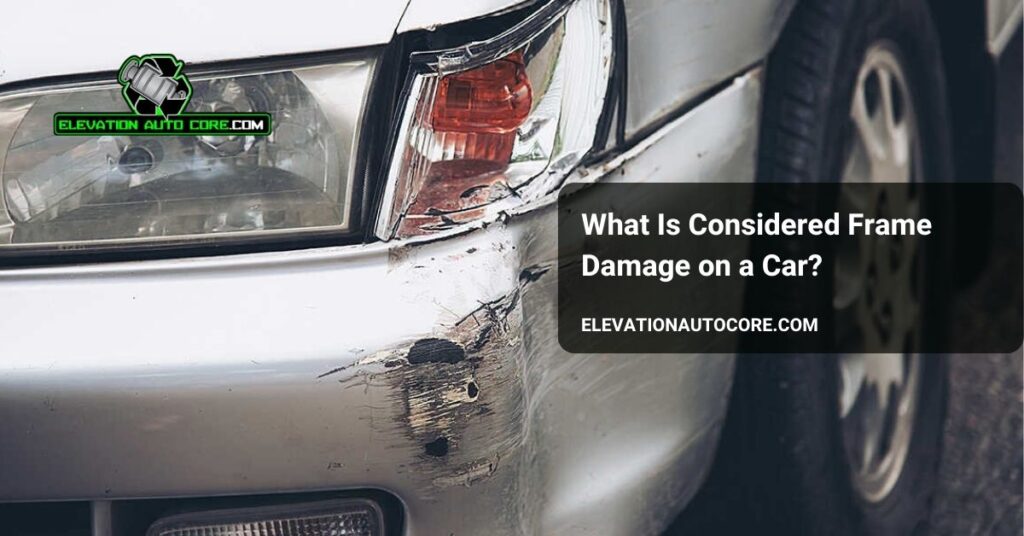What is considered frame damage on a car, and why does it matter? When your vehicle’s structural integrity is compromised, it can impact safety, performance, and resale value. Understanding the signs and implications of frame damage helps you make informed decisions about repairs and whether a car is worth keeping or purchasing.
What Is Considered Frame Damage On A Car?
Frame damage includes any harm to the vehicle’s structural foundation. This damage impacts areas like the unibody or ladder frame, which are essential for the car’s support. A bent or twisted frame often reduces stability, compromising safety during collisions.
Crushed or cracked sections also qualify as frame damage. These issues arise from accidents or improper repairs. Misaligned parts, such as doors or panels, may indicate stress on the frame.
Corrosion affecting structural components weakens the car’s integrity. Rust spots on the frame beams can lead to long-term stability concerns. Even minor damage, if left untreated, accelerates wear over time.
Types Of Car Frames
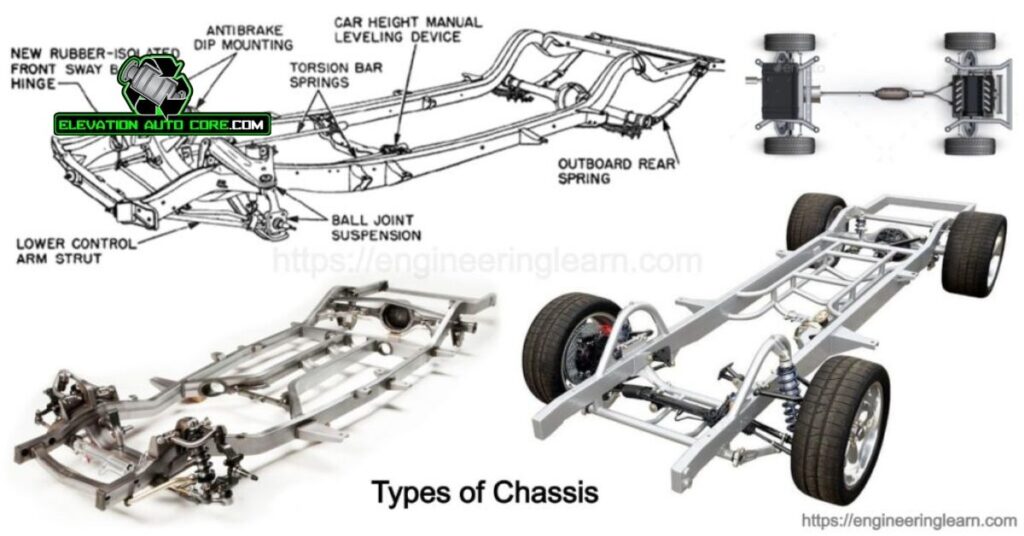
Car frames form the structural foundation of vehicles. They play a critical role in ensuring safety, stability, and performance, with two primary types commonly used.
Unibody Frames
Unibody frames combine the frame and body into a single structure. Most passenger cars, sedans, and smaller SUVs use this design. By integrating the body and frame, unibody construction improves fuel efficiency and safety. It distributes impact forces more evenly during collisions, reducing damage severity. Also, unibody frames enhance handling and ride quality due to reduced weight.
Ladder Frames
Ladder frames consist of two parallel rails connected by cross-members. Larger vehicles like trucks, full-size SUVs, and some off-road vehicles typically use this design for its durability. The separate-body construction offers superior load-bearing capacity, making it ideal for towing and heavy-duty applications. Ladder frames provide better resistance to twisting and flexing under extreme conditions, even though being heavier than unibody designs.
Recognizing Frame Damage
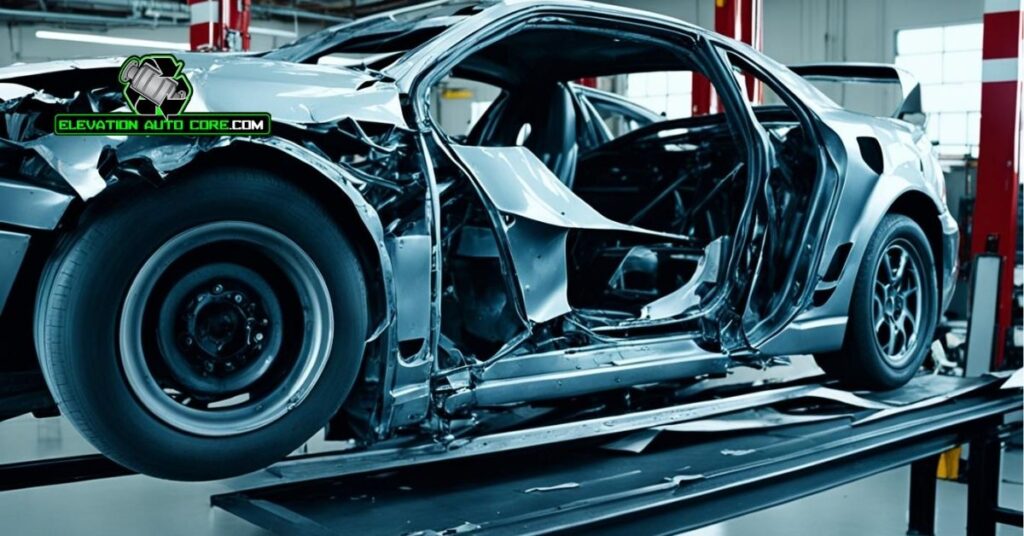
Frame damage directly affects a vehicle’s safety and performance. Identifying it early helps prevent further complications and ensures informed decisions about repairs or purchases.
Visible Signs Of Frame Damage
Misaligned body panels often indicate underlying frame damage. Gaps between doors, fenders, and other panels suggest the frame isn’t properly aligned. Cracks in the paint or deformation around critical areas like the windshield frame or door openings are also warning signs. Uneven tire wear indicates potential frame issues if the alignment cannot be corrected. Wrinkles or kinks in the frame, found along the vehicle’s undercarriage, signify direct impact damage. A leaning or tilted appearance when viewed from a distance could reflect shifted frame components.
Structural Indicators
Unusual noises from the car, such as creaks or groans, can result from stress on a damaged frame. Difficulty closing doors, trunks, or hoods points to a distorted support structure. Rust in critical areas weakens the frame’s integrity, especially when corrosion affects welded joints. Suspension components attaching improperly or at odd angles highlight potential frame issues. If the car veers off during driving even though proper wheel alignment, it could mean the frame is bent or twisted.
Causes Of Frame Damage
Frame damage often arises from external forces that compromise the structural integrity of your car. Understanding these causes helps address issues promptly and maintain safety.
Accidents And Collisions
Collisions are the most common cause of frame damage. A crash, whether minor or severe, can stress or warp the structural foundation. Even low-speed impacts might leave areas like bumpers or wheel wells misaligned, affecting the frame. High-speed accidents often cause more extensive damage, including bent sections or cracked frame components.
Rear-end collisions pose important risks, leading to folded or compressed rear sections. In T-bone impacts, side panels and underlying frame points may take the brunt of the force, causing deformation. Pothole strikes and curb hits, if severe, also contribute to frame misalignment over time, especially with repeated occurrences.
Environmental Factors
Environmental elements gradually wear down a car’s frame. Corrosion, caused by moisture exposure, can weaken structural materials. Cars driven in salt-rich areas or near coastal regions face higher risks of rust-related deterioration. If rust penetrates key joints or frame rails, it may lead to fractures or complete failures under stress.
Flooding is another critical factor. Submersion in water not only accelerates rusting but also warps components as drying occurs. Extreme temperature changes expand and contract metal, resulting in stress over extended periods. While these effects are often slower, prolonged neglect can culminate in visible damage and compromised safety.
Impact Of Frame Damage
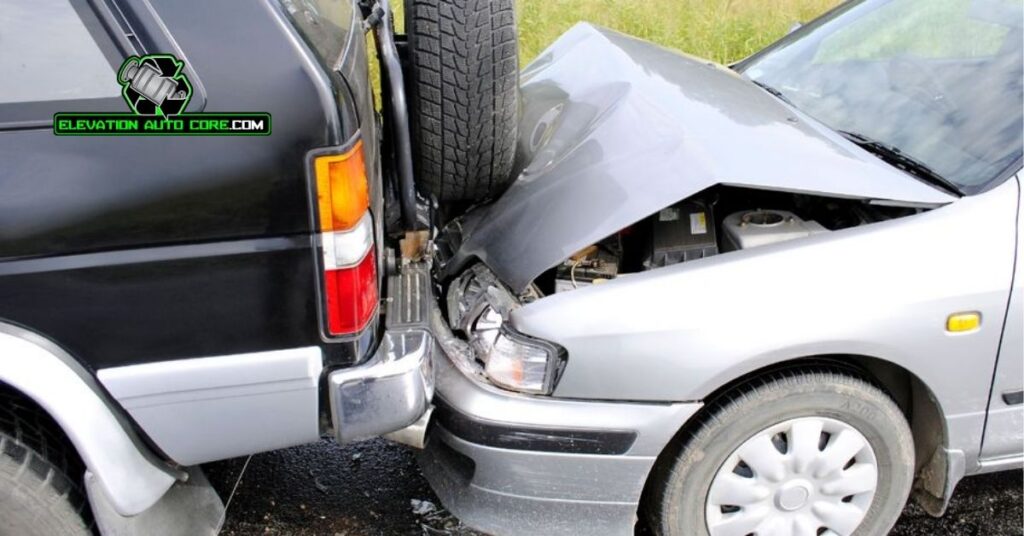
Frame damage can significantly affect your car’s safety, functionality, and overall value. Addressing these issues promptly ensures your vehicle remains reliable and secure.
Safety Concerns
Compromised frames reduce a car’s ability to absorb collision forces. Structural weaknesses, such as bent or misaligned parts, pose risks during accidents. Airbags may deploy incorrectly if the collision sensors are misaligned due to frame issues. Visibility of damage along critical areas like crumple zones impacts the vehicle’s crashworthiness. A weakened frame can also cause uneven handling, raising the chance of rollover in emergencies.
Repair Costs
Repairing frame damage often incurs high expenses due to the specialized labor and tools required. Costs vary based on the severity, with simple repairs like straightening minor bends costing around $500 to $1,000. Severe damage needing frame replacement can exceed $10,000, especially for modern unibody designs. Additional repairs, such as realigning suspension systems or fixing connected body parts, increase the total expense. Unrepaired damage compromises performance and decreases resale value, leading to further financial loss.
Repair Options For Frame Damage
Fixing frame damage restores a vehicle’s safety, performance, and structural integrity. Choosing the best repair option depends on the type and extent of the damage.
Frame Straightening
Specialized equipment corrects bent or twisted frames, ensuring proper alignment. Technicians use hydraulic presses or computerized machines to pull the frame back to its original shape. Accurate measurements ensure alignment meets manufacturer specifications for safety and performance. For minor distortions, frame straightening preserves the vehicle’s structural integrity without replacing parts.
Replacement Methods
Severely damaged sections often require replacement instead of repair. Professionals cut out irreparable areas and weld in new, factory-grade components, restoring strength and durability. In cases involving unibody frames, exact sections may be removed and replaced without dismantling the entire structure. Replacement ensures critical areas, like crumple zones, function effectively during future impacts.
Prevention Tips
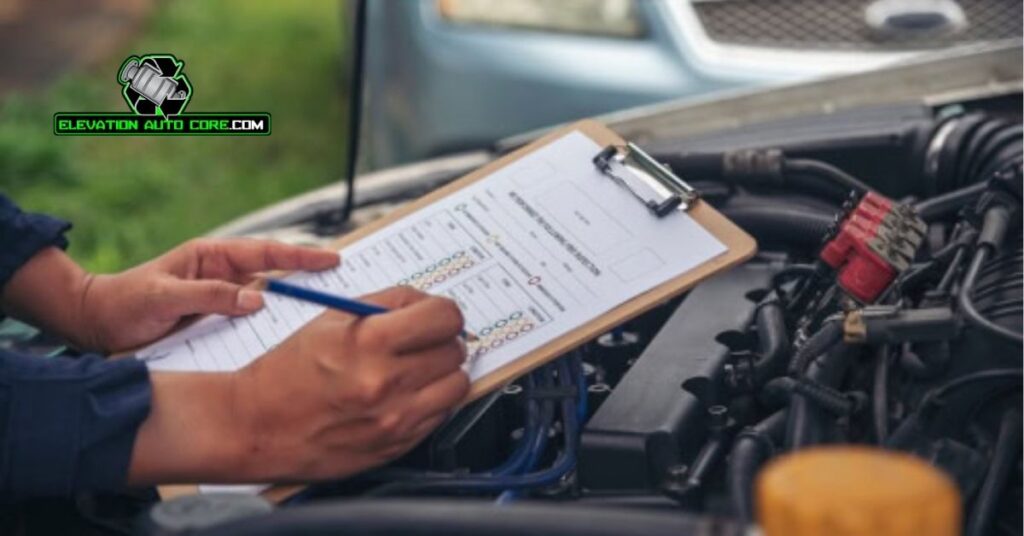
Routine inspections help address potential frame damage early. Look for signs like rust, cracks, and misaligned parts during regular maintenance. Addressing minor issues quickly prevents them from escalating into serious structural problems.
Drive cautiously, especially in conditions that increase the risk of accidents. Avoid high-speed collisions by maintaining a safe distance and being attentive to traffic flow, which minimizes sudden impacts that could harm the frame.
Choose parking areas wisely to reduce exposure to environmental factors. Moisture, flooding, and extreme temperature changes contribute to corrosion, so opt for covered or dry spaces whenever possible.
Clean your vehicle regularly to eliminate dirt and salt that cause rust. Focus on the undercarriage since the frame and surrounding components face greater exposure to road debris and elements.
Perform immediate repairs or reinforcements after minor accidents. Even low-speed crashes can misalign structural components, so addressing damage promptly ensures long-term frame stability.
Investing in professional inspections after severe weather events is essential. Heavy floods or extreme conditions can weaken the frame, and expert evaluations detect issues that might not be visible.
Conclusion
Understanding frame damage is vital for ensuring your car’s safety, reliability, and value. By staying vigilant for signs of damage and addressing issues promptly, you can protect your vehicle’s structural integrity and avoid costly repairs. Whether you’re maintaining your current car or considering a purchase, prioritizing frame health helps you make confident, informed decisions.

